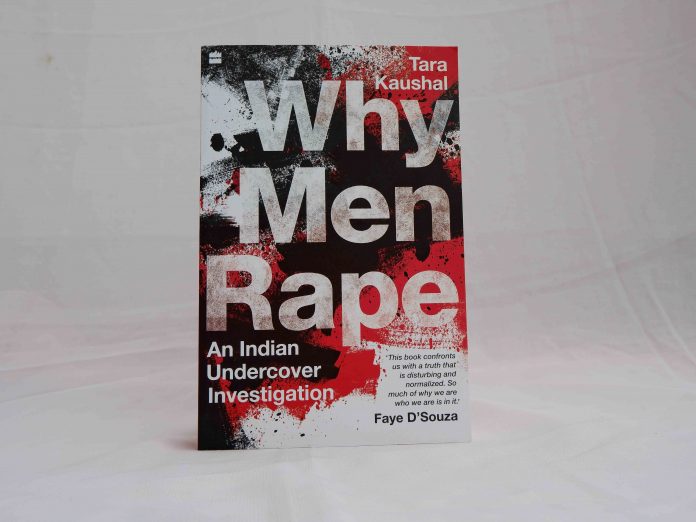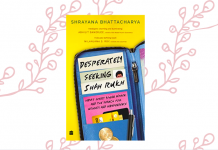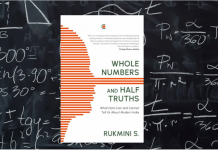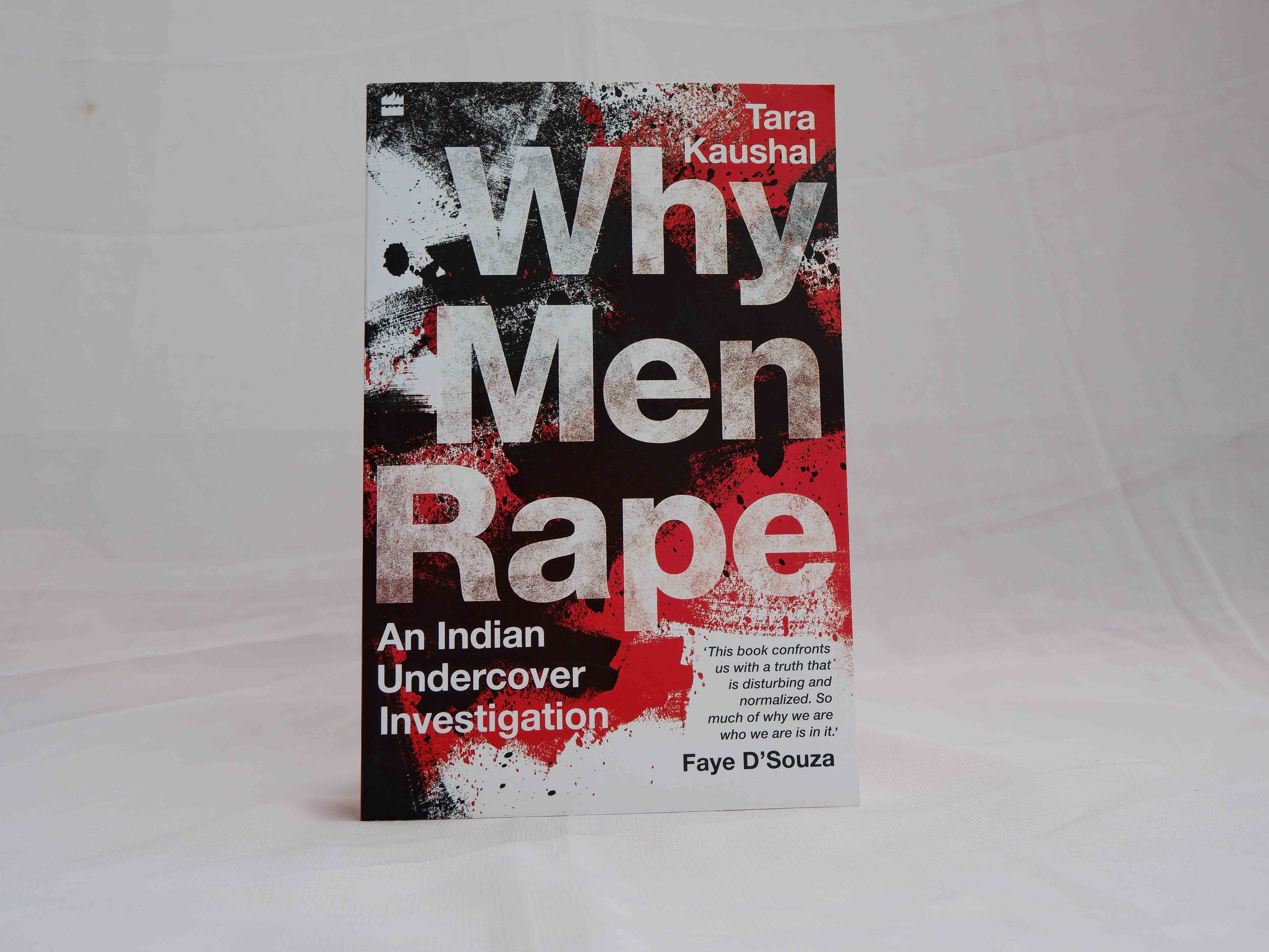Why Men Rape: An Indian Undercover Investigation
Publisher: Harper Collins
Tara Kaushal
At the outset of “Why Men Rape” Tara Kaushal throws in a shocking revelation that forms the nucleus of her intrepid expose on one of the biggest evils of our society. She quotes a group of college boys who say “Problem kya hai ki kissi ko pata nahin rape kya hai“ (Problem is that no one really knows what rape is). As disturbing and startling as this many seem, the more outrageous statistic that she puts forth is the fact that this assumption which permeates through diverse strands of her narrative along with many uncomfortable realities, has been fed, nurtured and manipulated by the society we live in. Going undercover in the guise of a filmmaker, the author gives us an in-depth investigative analysis that follows 9 rapists who escaped the law (all names changed) from divergent backgrounds and varied childhood experiences in an attempt to comprehend their dissipated minds that ultimately led them down the path of sexual predation. I found myself inhaling incredulously multiple times during the course of this detailed report all the while admiring the fearlessness with which the author has embarked on this perilous journey. I use perilous and fearlessness not just as a metaphor for her writing but also as an example for the situations she has encountered with each of these wrongdoers to present us with this important piece of documentation.
As Kaushal elucidates very early on, it all starts with patriarchy- that toxic virus deeply entrenched in generations of Indian lineage and continues to ascertain its supremacy over society irrespective of education, socio-economic, political, cultural or familial dynamics. Through her subjects Dipu Yadav and Abbas Mirza, she establishes years of gender discrimination and parochial thinking that allowed these predators to equate masculinity with power and superiority and femininity with subservience and weakness. This blatant negation of women at the grassroots level formed the breeding ground to justify future criminal acts. Here, Kaushal also makes a telling observation about the impact of domestic violence along with its repercussions and relevance to rape and its perpetrators. “In addition to the emotional, physical, social and behavioural damage, statistics show that domestic violence can also become a learned behaviour. Children may grow up thinking its ok to use violence to get what they want and that its ok for there to be violence in their relationships” -a case in point with the above mentioned culprits who mirrored this perspective in their heinous acts.
Another deadly consequence of encouraging patriarchal hegemony is the objectification of women which Kaushal mentions as one of the key causes that instigate rape. Women are more often than not seen as mere means to an end, to be used when needed, to fulfill the roles assigned to them and fetishized into images created out of vile minds. Roshan Tripathi, one of the perpetrators on Kaushal’s investigative radar casually makes a statement to a law enforcement official who shockingly accepts his theory. ”Kya karoon saab,item hi aisi hai toh did lag jata hai” (what to do sir, the item (girl) is so great I couldn’t help it). The concept of consent she learns, is blurred if not non-existent in much of the male psyche. The belief that a woman’s “no” to any explicit sexual advancement almost always means a “yes” according to Kailash Ahirwar and Bhaskar Prajapathi, two of the culprits, gives us an indication of the extent of objectification that women are subjected to.
Kaushal also points out the influence of language and its connotations that contribute greatly to this stigmatisation. “Literature across languages has historically undermined our intellect as well-women have been depicted as physical entities with beauty, at best and as sex objects, at worst”. As she references and elucidates the myriad sexist jokes and slurs from our lingual base, we realise how this misogynistic attitude has been fostered and allowed to flourish in our cultural fabric. Have we ever thought about the connotations of the frequently used derogatory words like “ madarchod” or “behenchod” and their implications in the larger landscape of gender bias?
Why do we as a society deem it right to stigmatise women this way? Kaushal has the answer and it’s a telling one. Empowered women are a threat to male dominance. An independent woman who dares to inhabit a man’s space must immediately have her wings clipped lest she proves herself superior. Emancipation of women in many cases therefore, breeds more instances of violence “to keep them under control and keep them out of public places”. It is hard not to observe the stinging double standards and hypocrisy at play here when it comes to assigning the blame. Confrontational women are termed as sluts who must be taught their rightful place. All of the perps interviewed by Kaushal echoed the same sentiments (I paraphrase) It isn’t prudent for women to turn attention towards themselves for fear of attracting predators. The grating irony of this statement is especially blood curdling in the context of this comment by one of Nirbhaya’s rapists who callously says “A girl is far more responsible for rape than a boy”. This is probably one of the main reasons that a woefully low percentage of rape crimes are even reported especially in the lower economic bracket as Kaushal proves through her research. Women are taught that the guilt and shame lies with them while men are almost celebratory about their “conquests”.
Which brings us to the multifarious connotations of the actual deed itself and the level to which it is trivialised, excused and evaded beyond belief. As the writer points out, caste differences, religious clashes, personal grudges and economic adversities are probably foremost among the reasons to commit rape. In many a case, rape is just a means, a punishment that is meted out to exact revenge on the victim’s father, brother, friend, cousin or anyone who may have wronged the offender. The victims therefore are collateral damage in the bigger agendas at play, where acts of this nature are justified. Even more unfathomable and unforgivable, Kaushal finds out, is the warped logic that murder following rape warrants punishment while a rape that leaves a survivor is mitigated to “men being men”.
Do all rapists reveal themselves to be the compulsive sociopaths they are? The author explains that the most dangerous ones hide behind veils of cultured upbringing, reputed positions in society and exhibit socially appropriate and even charming conduct as is the case with Bhaskar Prajapathy. In her interactions with Chandran Iyer, we realise the penetrating impact of child abuse (he was sexually molested by the housemaid) which leads to destructive behaviour. It is vital to observe also that boys and men too are victims of abuse. While some are fortunate to rise above it, others manifest this trauma through rape and murder. And then there are monsters like Dr Sushil (I refrain from mentioning his crime here as one needs to read the author’s account to comprehend the gravity of his deed),a circumstance of rape that sent shockwaves through my spine. It proved that a human being is capable of inflicting sadistic suffering in the most vulnerable of places simply because he wanted to and he could. It all comes back to the oft repeated narrative. Patriarchy. Masculinity. Power. Superiority.
Kaushal touches upon multiple other examples in her comprehensive charge sheet which includes the heavily debated topic of marital rape, rape within families, the lack of adequate sex education, the impact of mainstream cinema which unconsciously promotes these dangerous deportments, the positives and negatives of the #Metoo movement, the detrimental repercussions of media sensationalism and a whole lot more. As she digs and delves deeper, I realised that my awareness of this social plague was but a drop in the vast ocean. This expose assumes greater significance through the author’s own personal experiences that make her contribution even more remarkable. So how do we use this valued research? In the writer’s own words, ”Start by smashing the patriarchy and power structures around you. Shake the foundation and chip away at the building blocks of the sexual violence pyramid. Pebble by pebble. Stone by stone”. Indeed, many of us in privilege must use the luxury we’ve been afforded to speak up especially for those who cannot. “To stop it, you have to see it” reads the book’s tagline. I say stop what you’re doing and see what Tara Kaushal has to say. It’s too important to ignore.











A compelling review of what is obviously an important book. Thank you for pointing me to it.
Pravin thanks so much for reading ! Yes a truly important book